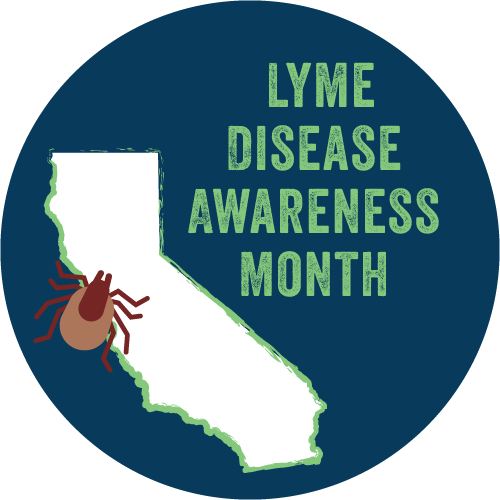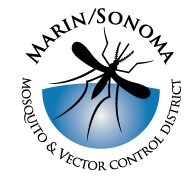A ProMED-mail post
http://www.promedmail.org
ProMED-mail is a program of the International Society for Infectious Diseases
http://www.isid.org
Date: Tue 11 Mar 2025
Source: Diario de Yucatan [in Spanish, machine trans., abridged, edited]
https://www.yucatan.com.mx/mexico/2025/03/11/mas-casos-humanos-del-gusano-barrenador-devorador-de-hombres-en-mexico.html
More human cases of the man-eating screwworm in Mexico
—————————————————–
Mexico’s Ministry of Health (SSA) has reported new human cases of myiasis as the country faces outbreaks of the man-eating screwworm, or larvae of the fly _Cochliomyia hominivorax_, in livestock and even in pets in southeastern Mexico. The new cases of myiasis are 2 women from Chiapas; both were diagnosed in week 8 (16-22 Feb) of 2025, according to the Epidemiological Bulletin of week 9 (23 Feb-1 Mar) published yesterday, Monday, 10 Mar [2025] [https://www.gob.mx/cms/uploads/attachment/file/982667/sem09.pdf]. Both patients were detected just one month after Mexico reported its first human case of the man-eating screwworm, a woman from Campeche diagnosed in week 4 (19-25 Jan [2025]).
Note [from Kim Hung]: While NWS [New World Screwworm] is primarily a pest of animals, more importantly, cattle and deer, they can cause myaisis in humans. Their native range includes California when you look at the maps of where they were long ago. A couple of colleagues noted that if this trend continues, they can potentially reach the US this year, perhaps starting with Texas. Extra note – We have a related species in California that is not as pestiferous (in terms of myiasis, they eat dead tissue) – Cochliomyia macellaria. The adults look very similar with the distinguishing three stripes on the thorax, but there are some minor differences if we look carefully. There are keys available to distinguish between the two species if we need to confirm the ID at some point. Additionally, our colleagues in the USDA would be happy to help confirm ID if such a need arises. In other words, got a fly question? Bring ’em to me. =)
Note [WK Reisen]: The NWS was contained for years just north of the Darien Gap by the USDA and partners using SIT methods. The flies appear to have breached this containment and re-established themselves in Mexico. How will budget cuts to the USDA further facilitate this northern invasion?

 Nymphal Ixodes pacificus are most active in the spring and early summer in California. These tiny ticks pose a greater risk of transmitting Lyme disease.
Nymphal Ixodes pacificus are most active in the spring and early summer in California. These tiny ticks pose a greater risk of transmitting Lyme disease. seasonal role may involve both fieldwork and support tasks related to mosquito and vector control, surveillance, and research, including disease prevention and public health initiatives. The position is full-time, seasonal, and not to exceed 1,500 hours per year.
seasonal role may involve both fieldwork and support tasks related to mosquito and vector control, surveillance, and research, including disease prevention and public health initiatives. The position is full-time, seasonal, and not to exceed 1,500 hours per year.